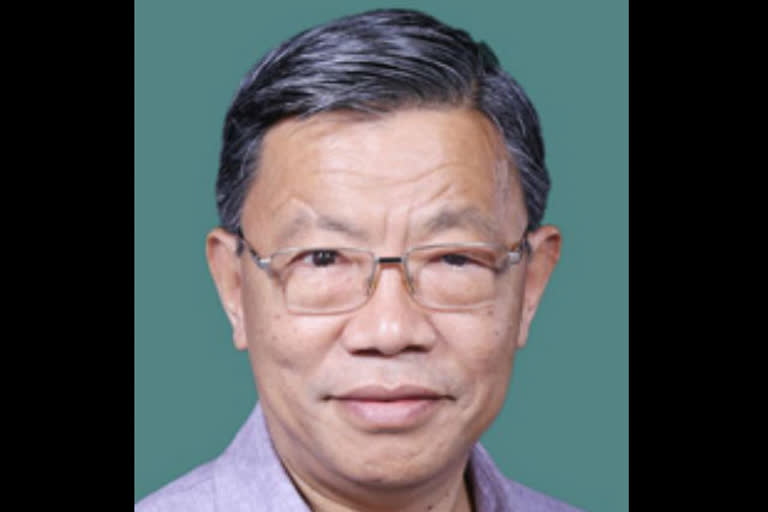The government also plans to widen the programme to other stakeholders in the community, Sikkim's lone Lok Sabha member P.D. Rai said on Friday.
The programme, a joint initiative by the state's Social Welfare, Health, and Human Resource Development departments, has been adopted by over 140 schools in Sikkim.
"The SAATHI programme started with just two schools in 2013 but in six years, it has been extended to over 65,000 students in Sikkim through various sensitisation programmes," Rai said on the opening day of the three-day annual meet at the Saramsa Garden here.
"This programme is currently focused on making the society vigilant and removing the social stigma related to drug and alcohol abuse. With 'SAATHI 2.0', we are planning to widen the net through parental counselling and mental health counselling for the youths," Rai told IANS.
The second segment of the programme is expected to start from August.
"The first version of the programme was more of a trial and error process as it was a pilot project but it received great support from the government. The state HRD department has decided that it will be embedded into the school curriculum. The three-day programme here looks to build a knowledge future for the children of Sikkim," he said.

Also Read: Amarinder wants 'befitting reply' to Pakistan
G.P. Upadhyay, Principal Secretary cum Additional Chief Secretary, HRD department, who was also present at the event, lauded the programme and noted that SAATHI has inducted 500 teachers, more than 4,000 peer educators, over 16,000 parents, and close to 68,000 students since its inception.
He said the programme has to be sustainable and all the stakeholders should contribute to make it a 100 percent success in all schools.
The three-day SAATHI annual meet from February 15-17 will hold numerous art and cultural activities by the participating students and is scheduled to be addressed by Sikkim Chief Minister Pawan Kumar Chamling and other senior state government officials.



